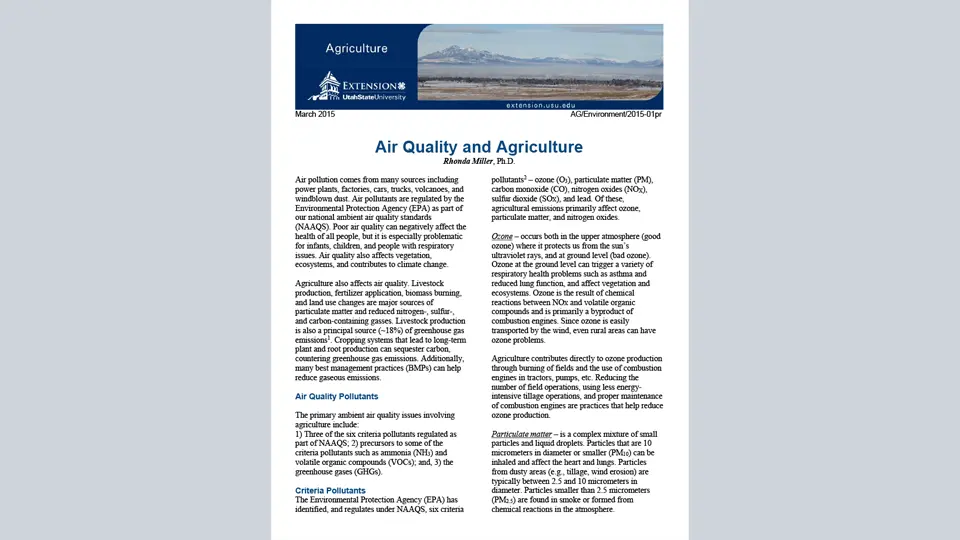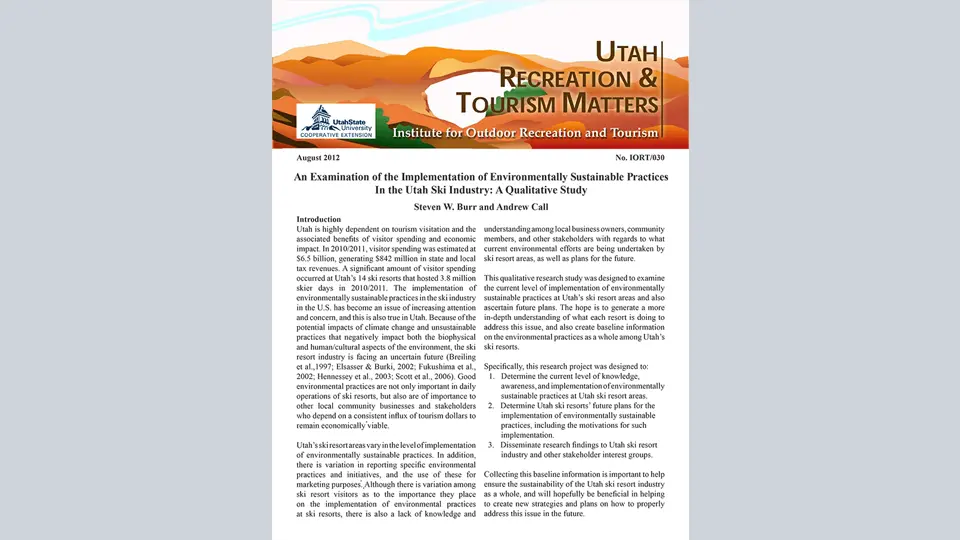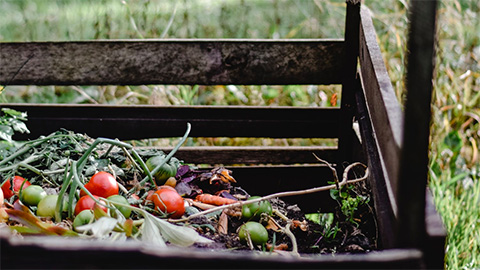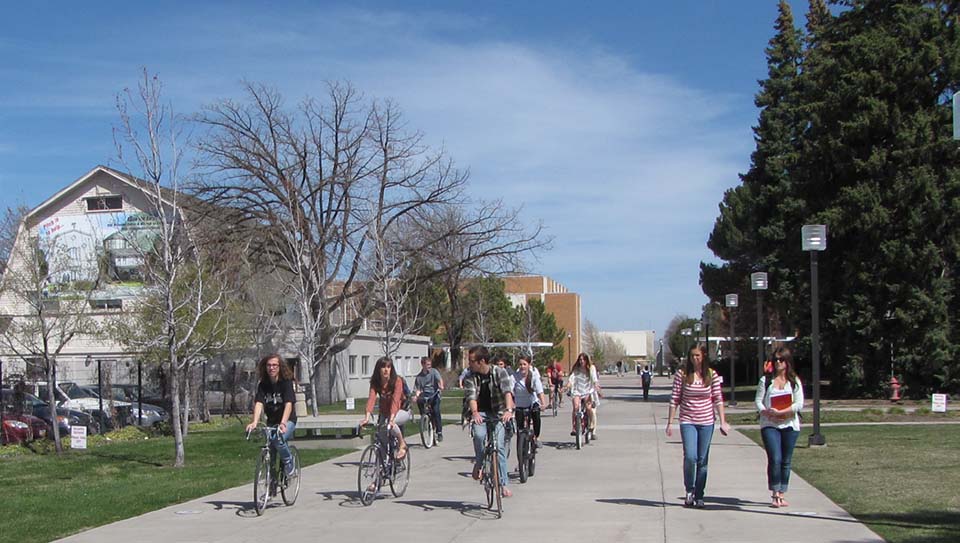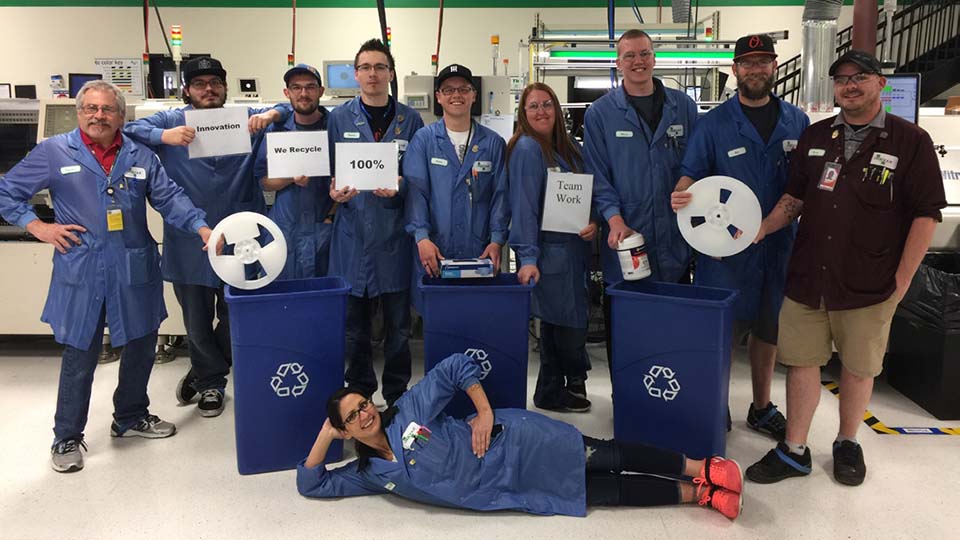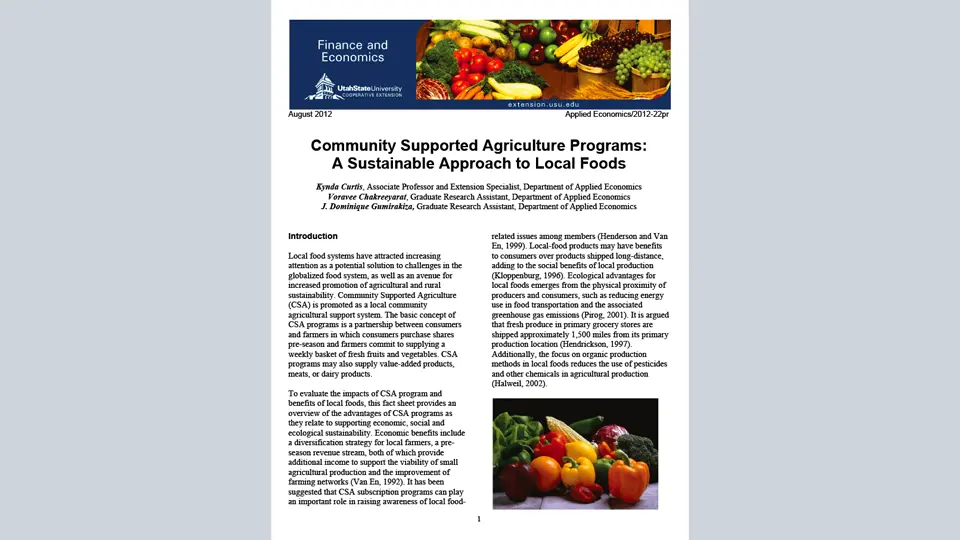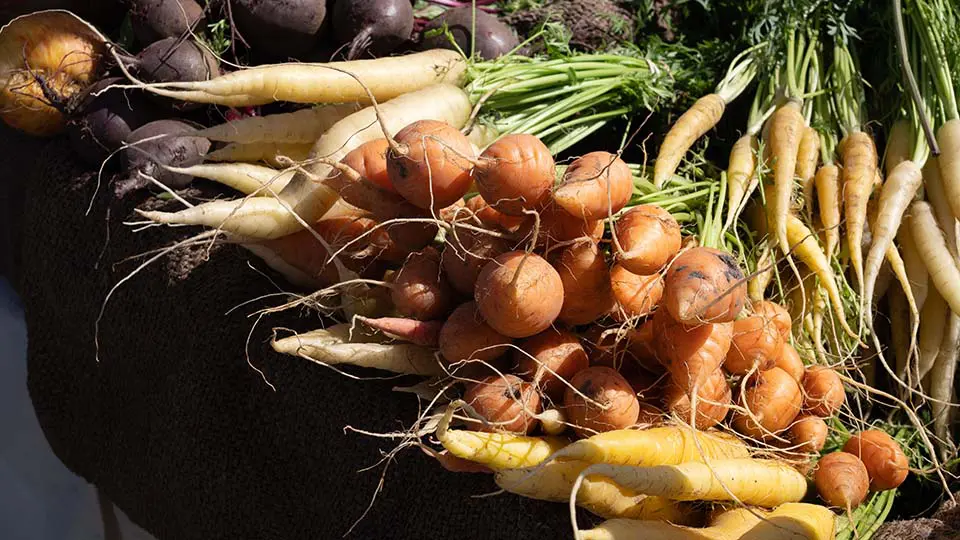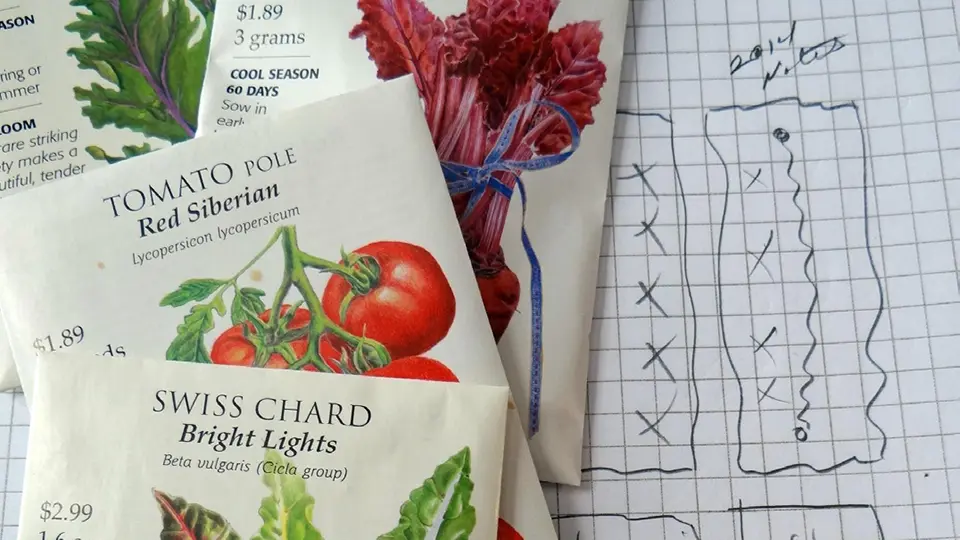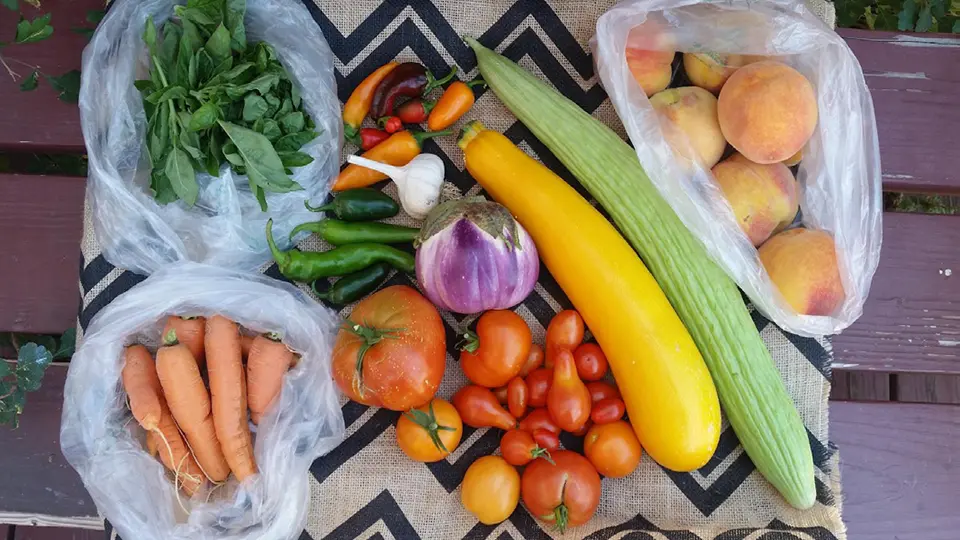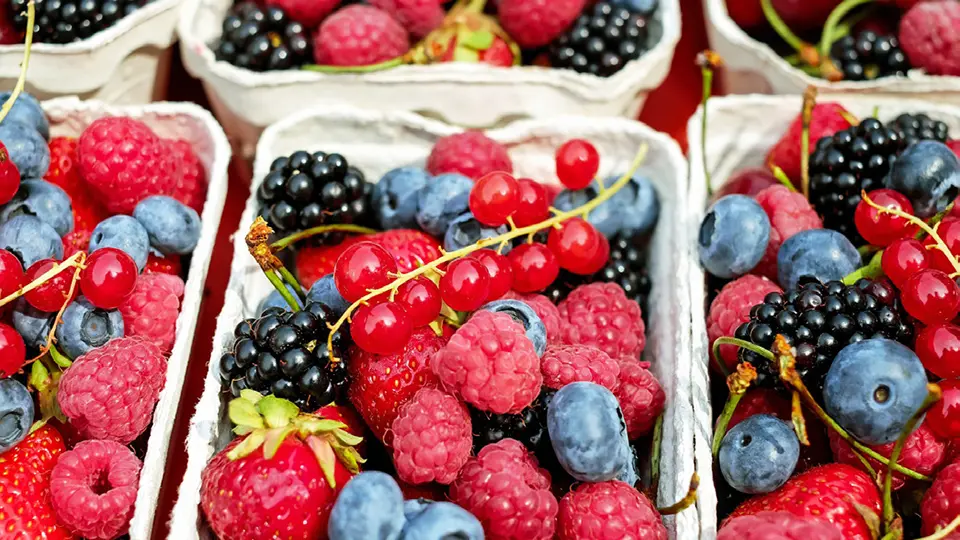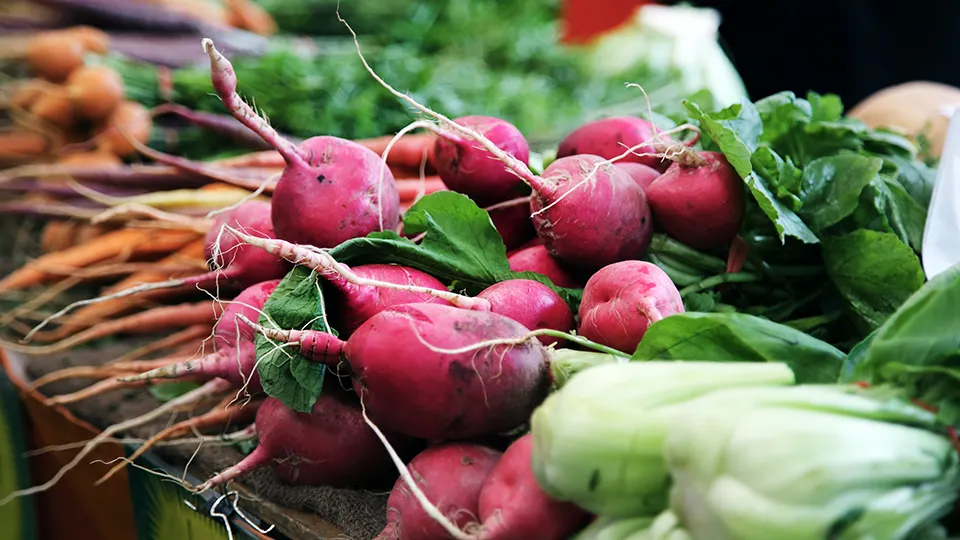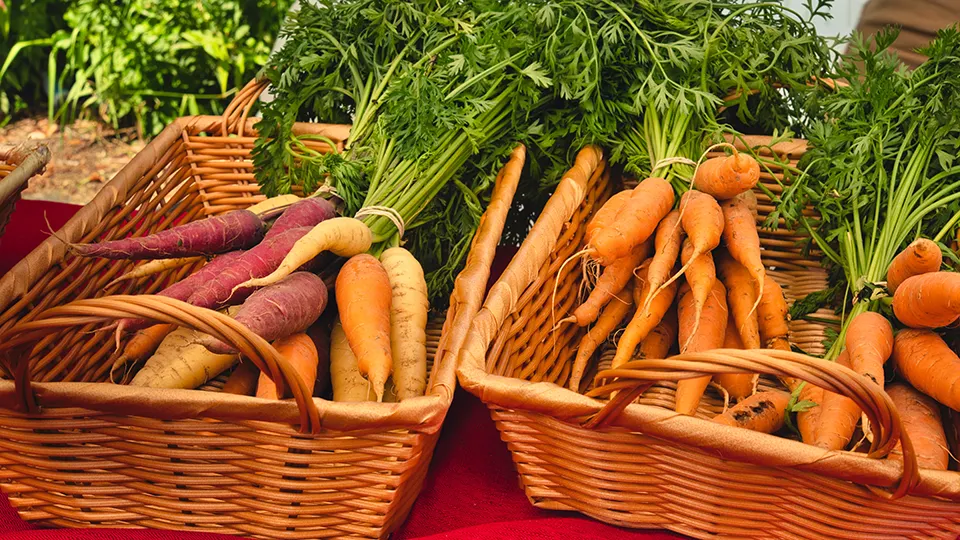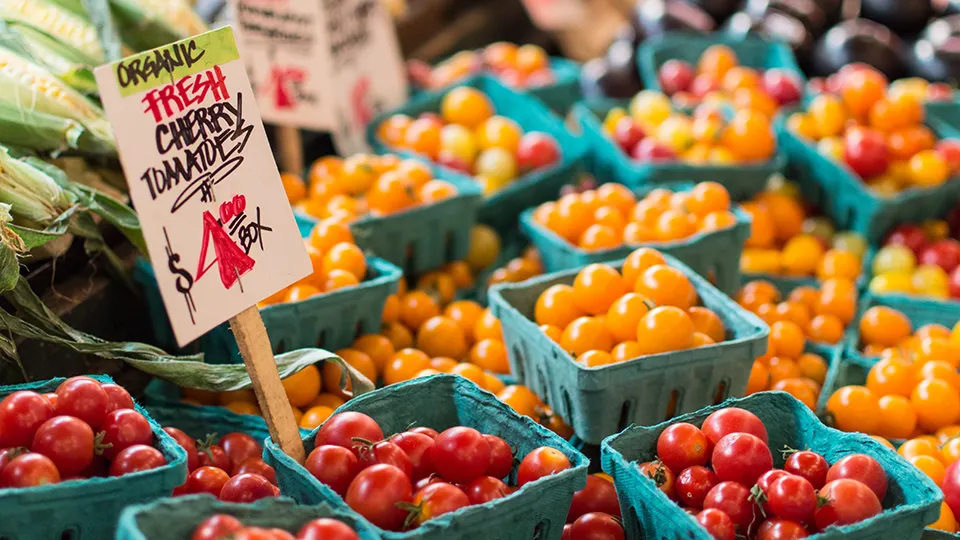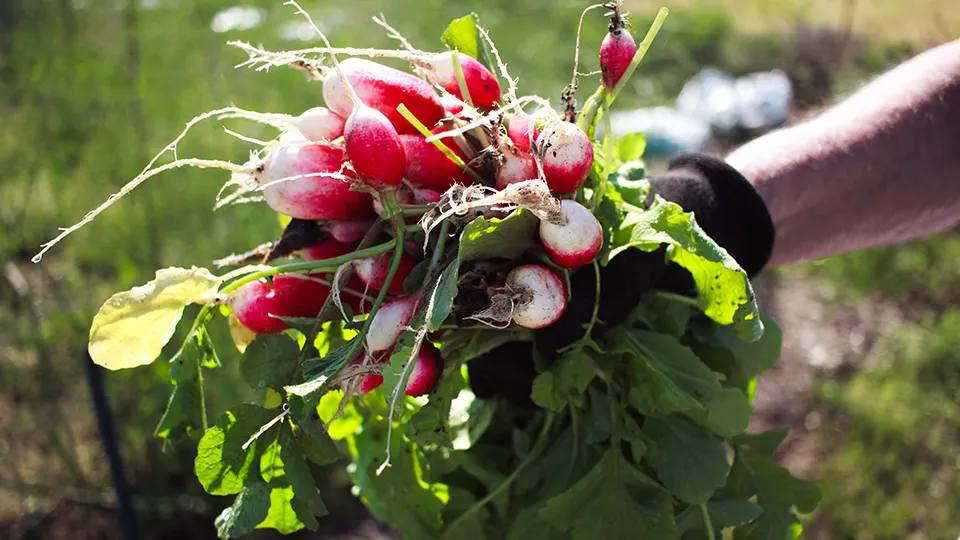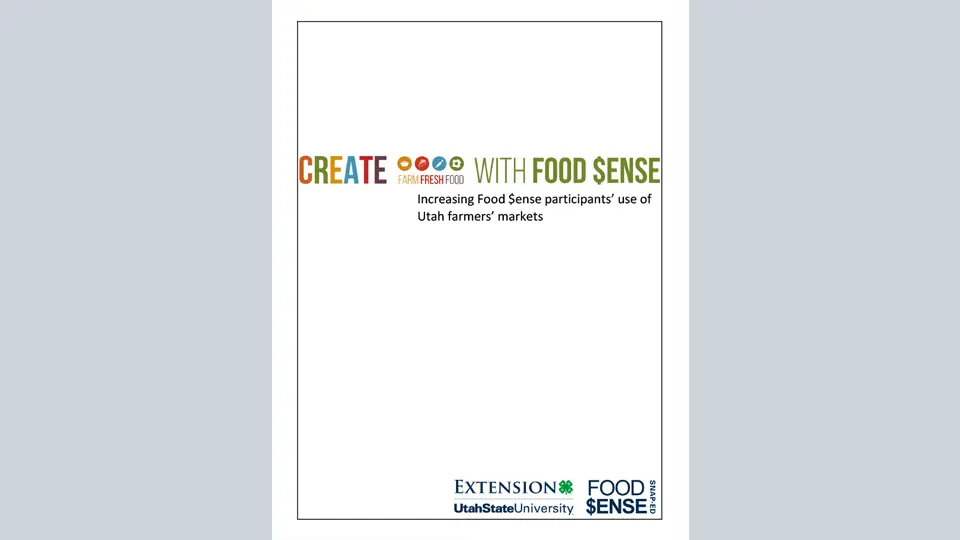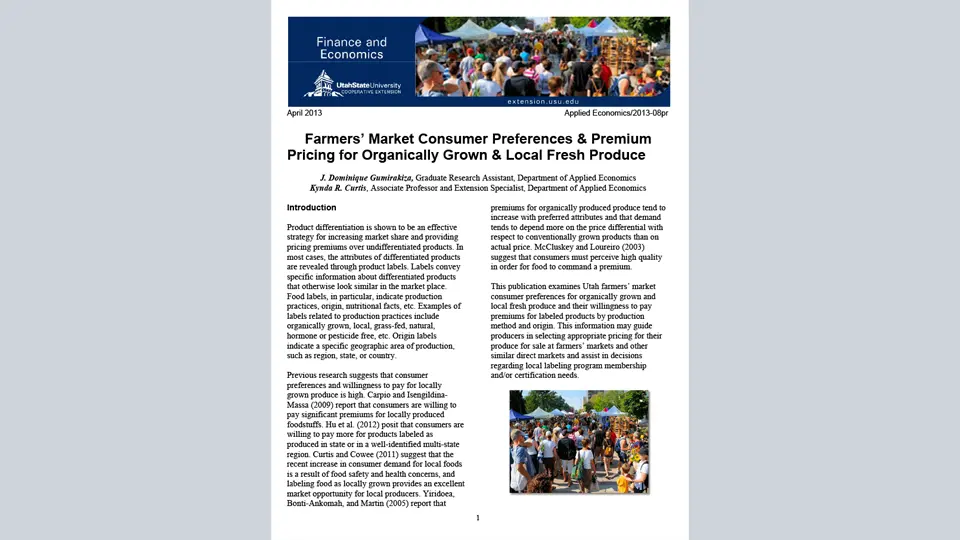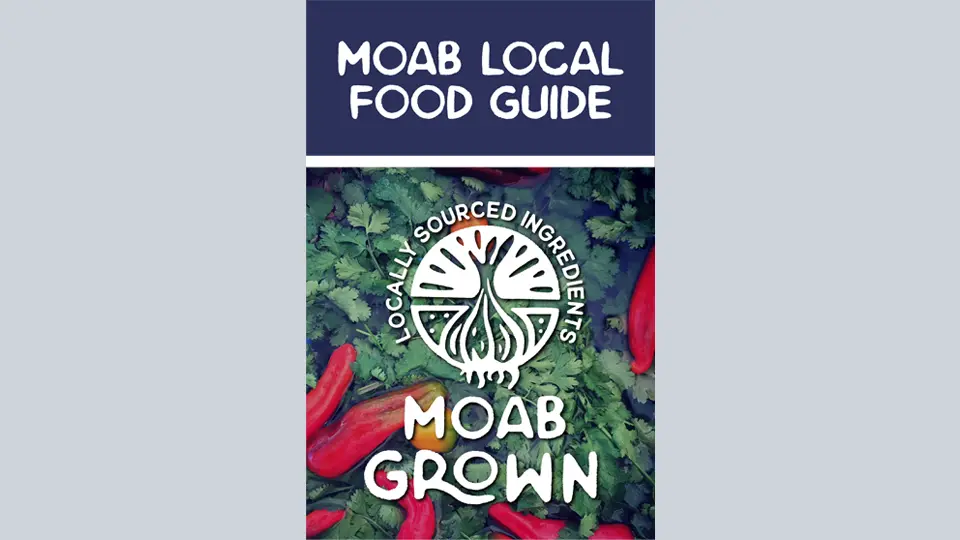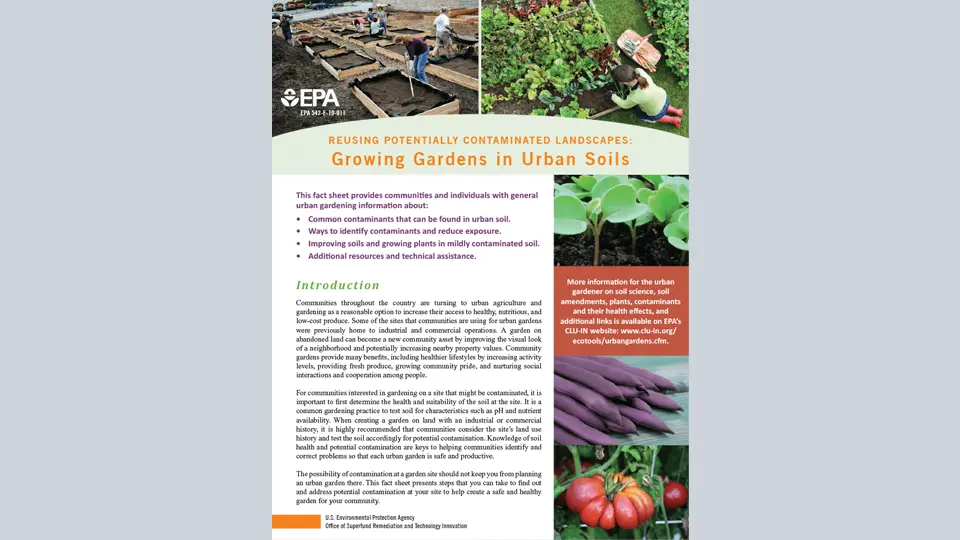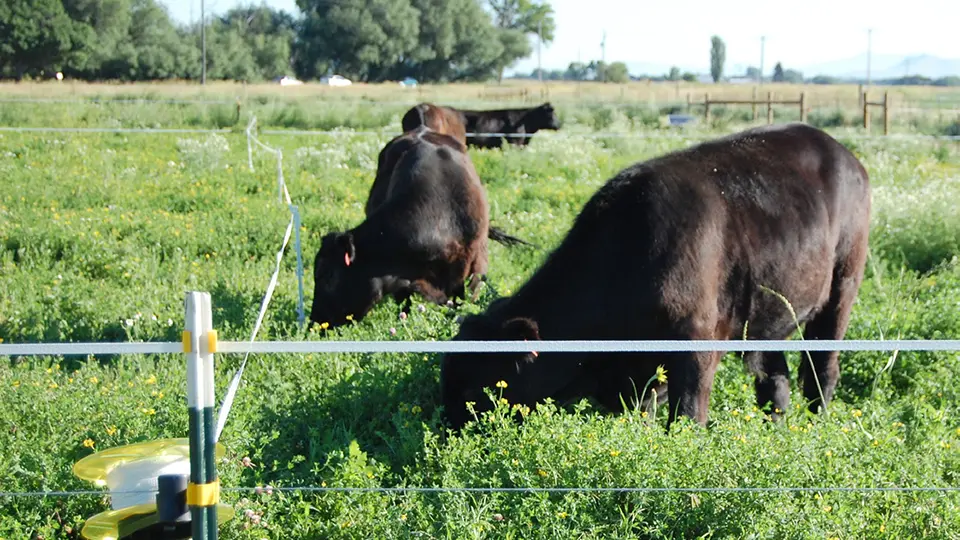The Local Food Movement: Definitions, Benefits & Resources
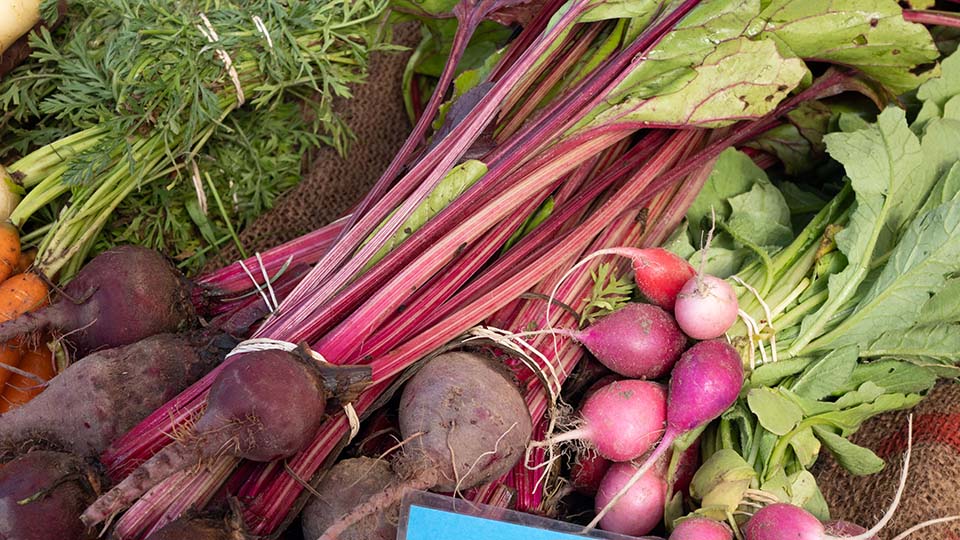
Defining Local Food
What does it mean to eat locally? Although perceptions of what makes up “local food” differ by region (due in large part to varying climates, soil types, and populations), most researchers accept that eating locally means minimizing the distance between production and consumption, especially in relation to the modern mainstream food system (Peters et al., 2008).
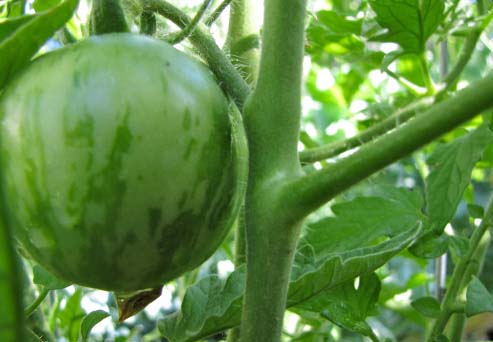
According to the 2008 Farm Act, a product can be marketed as locally or regionally produced if its end-point purchase is within 400 miles from its origin, or within state boundaries (Martinez et al., 2010). Most retailers, however, consider local to be on a smaller scale than the state level and the term is often defined as products produced and sold within county lines.
In Utah, perceptions of local can vary across the state given that some areas are extremely dry and arid (toward the south) while others are near vast water supplies and can produce various agricultural products (along the Wasatch front).
There are two primary forms of “local” when it comes to food: direct-to-consumer (farmer to you) and Direct-to-retail/foodservice (farmer to restaurants, hospitals, schools, and organizations).
Locality vs. Local Foods
The terms sound similar, but local food is the better choice if attempting to purchase and consume goods in or near your geographic location. Locality foods have a brand associated with one locality/region (such as Utah’s Own or Fresh from Florida), but often source out nationally and/or internationally (Hughes et al., 2007). Always look at product origin first if attempting to support local business.
Why Are People Buying Local?
In 2009, the Food Marketing Institute conducted a national study asking Americans why they buy local. The top three reasons listed were freshness (82%), supporting the local economy (75%), and knowing where the product came from (58%). In 2003, the Food Processing Center found that reasons Americans purchase locally grown food include: higher/better quality, fresher products, positive relationships with producers, and opportunity to purchase unique/ special products.
Benefits of Buying Local
Economic
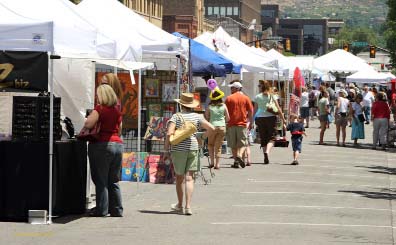
-
Did you know that when farmers sell directly to you, they retain a greater portion of the value-added costs typically captured by large firms (“middlemen”) further down the supply chain? This minor fact helps preserve small farms and sustain rural communities (Gale, 1997).
-
When you purchase more of your food locally, more of the money you spend remains in the local community. On average, it is estimated that buying local keeps approximately 65% of your dollar within the community, whereas shopping at large chain stores keeps only 40%.
-
Nationally, small businesses are the largest employer, so voting with your dollar provides more jobs in your hometown.
-
When restaurants, hospitals, and other entities source and advertise local foods, this is a proven successful strategy to attract employees and patients.
-
Buying local increases our nation’s food security in the event of international conflict.
Environmental
-
Eating locally helps preserve local and small- scale farmland.
-
Reducing the distance food travels (food miles) cuts down on associated fossil fuel consumption, air pollution, and greenhouse gas emissions.
-
Supporting local food helps preserve cultivar genetic diversity.
-
Farmers who engage in direct marketing are more likely to use environmentally friendly production practices (Martinez et al., 2010).
Did You Know?
In 2007, “locavore” was added to the New Oxford American Dictionary as the word of the year. A locavore attempts to eat food produced within a 100-mile radius.
Mental and Physical
-
Local food systems are linked to reduced food safety risks through production decentralization (Peters et al., 2008).
-
Eating locally is correlated with improved nutrition, increased likelihood of making healthier food choices, obesity prevention, and reduced risk of diet-related chronic disease. This is mainly because the food is more nutritious, fresher, and less processed (Martinez et al., 2010). As a general rule, the closer the food is to how and where it came out of the ground, the better it is when you chomp it down!
-
If you decide to grow your own food (the ultimate version of local), you will reap added health benefits of increased consumption of fruits and vegetables and proven greater physical activity among all ages (Alaimo et al., 2008).
Social
-
One of the biggest benefits of supporting local is that you gain insight into your food’s story through talking with the people who grew and/or made it.
-
The ability to talk with producers when purchasing food allows you to ask questions about pesticides, herbicides, growth hormones, animal treatment, fertilizers, and any other queries you may have about how your food was produced.
-
Getting to know your local producers gives you a stronger sense of place, relationships, trust, and pride within your community.
Local by the Numbers: Returning to Our Roots
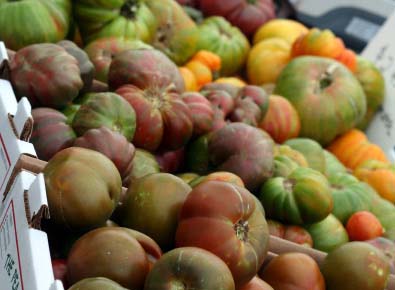
Although the local food movement is still small in comparison to conventional food consumption methods, it is experiencing an exponential increase each year. For example, between 2002 and 2007, direct-to-consumer sales of agriculture increased 49% ($399 million) (Martinez et al., 2010). In the 10-year time period between 1997 and 2007, producer-to-consumer sales grew from 0.15% to 0.21% of total home consumption in America. The growth in two primary forms of direct-to-consumer marketing (farmers’ markets and community supported agriculture) provides a perfect example of this increasing trend. In just over a 10-year time period (1998-2009), the number of U.S. farmers markets increased 92%, or well over 5,000 markets (Martinez et al., 2010). Also, where in 1986 there were only two community shared agriculture programs active in the entire nation, there are now well over 1,000 (Adam, 2006).
The number of farmers selling directly to schools is also increasing substantially nationwide. As mentioned by the USDA, the number of farm-to-school programs in the U.S. increased 50% to almost 9,000 school programs in 41 states from 2006 to 2009 (Martinez et al., 2010). Restaurants have also jumped on board, with more than 87% of fine-dining establishments serving local items nationwide in 2006, and the number has increased since then in both fine dining and casual family dining establishments (Packaged Facts, 2007)
Home gardening is also increasing across the USA, and Utahns are among those leading the movement in growing their own food. According to the National Gardening Association (2009), the number of U.S. home gardeners increased to 19% (to 43 million U.S. households) between 2008 and 2009 alone. Have you joined the local movement?
How to Shop Locally in Utah
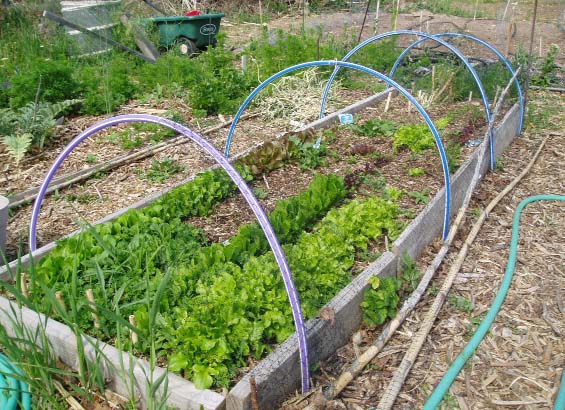
Some of the best information on how to shop locally in Utah can be found by visiting your local farmers market or by browsing online. Some great starting points include:
Utah’s Own: https://utahsown.org/
Slow Food Utah: https://www.slowfoodutah.org/
References
- Adam, K.L., 2006. Community Supported Agriculture. National Sustainable Agriculture Information Service: National Center for Appropriate Technology, Butte, MT.
- Alaimo, K., et al. 2008. Fruit and Vegetable Intake Among Urban Community Gardeners. Journal of Nutrition Education and Behavior, 40. pp. 94-101.
- Food Marketing Institute. 2009. U.S. Grocery Shopper Trends. Food Marketing Institute: Arlington, VA.
- Food Processing Center. 2003. Approaching Foodservice Establishments With Locally Grown Products. University of Nebraska-Institute of Agriculture and Natural Resources, Lincoln, NE.
- Gale, F. 1997. Direct Farm Marketing as a Rural Development Tool. Rural Development Perspective, 12. pp. 19-25.
- Hughes, D.W., et al. 2008. Evaluating the Economic Impact of Farmers’ Markets Using an Opportunity Cost Framework. Journal of Agricultural and Applied Economics, 40, pp. 253-265.
- Martinez, S., et al. 2010. Local food systems: Concepts, impacts, and issues. United States Department of Agriculture: Economic Research Report, No. 97.
- National Gardening Association. 2009. The Impact of Home and Community Gardening In America. South Burlington, VT. Retrieved from: http://www.gardenresearch.com/files/2009-Impact-of-Gardening-in-America-White-Paper.pdf
- Peters, C.J., et al. 2008. Foodshed Analysis and Its Relevance to Sustainability. Renewable Agriculture and Food Systems, 24, pp. 1-7.
September 2012
Utah State University Extension
Peer-reviewed fact sheet
Author
Roslynn Brain
Department of Environment & Society
Related Research




